Small bedrooms can feel cozy rather than cramped when you apply a few clever design strategies. In this article, we explore 20 ideas ranging from furniture choices and storage solutions to color schemes and lighting tricks. You’ll learn how multi-functional pieces, built-in shelving, lofted beds, light palettes, mirrors, and more can transform a tiny space into a stylish, functional retreat. Whether you’re optimizing for storage, workspace, or simply creating a serene atmosphere, these ideas draw on expert tips and real-world examples to help you make the most of every square inch.
1. Multi-Functional Furniture
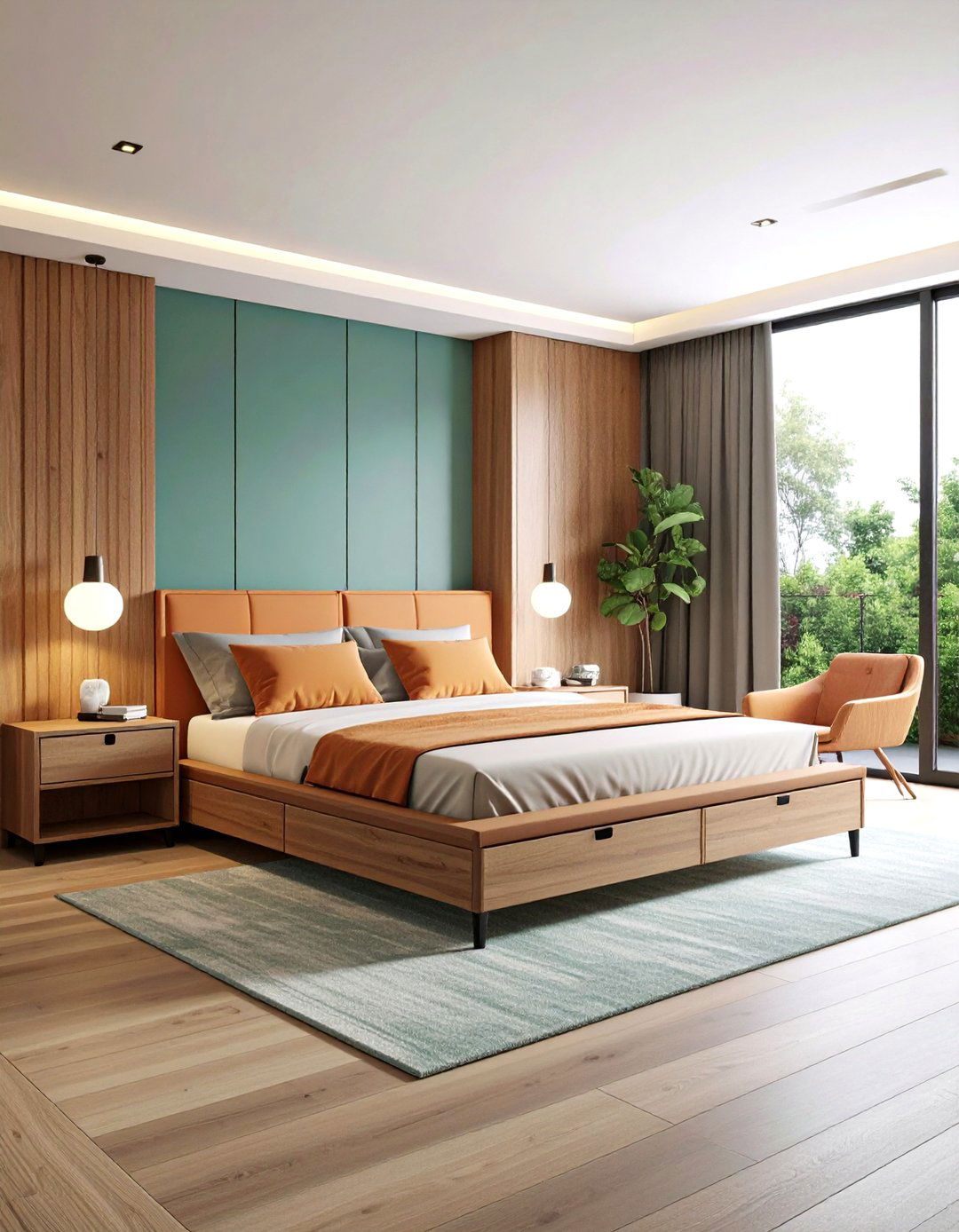
Choosing furniture that serves more than one purpose is crucial in a small bedroom. A daybed with built-in drawers or a storage bench at the foot of the bed can eliminate the need for extra dressers or chests. Similarly, a bedside table that doubles as a desk can serve both sleeping and working needs without crowding the room. By integrating multiple functions into single pieces, you reduce visual clutter and free up floor space for movement and breathing room.
2. Built-In Storage Solutions
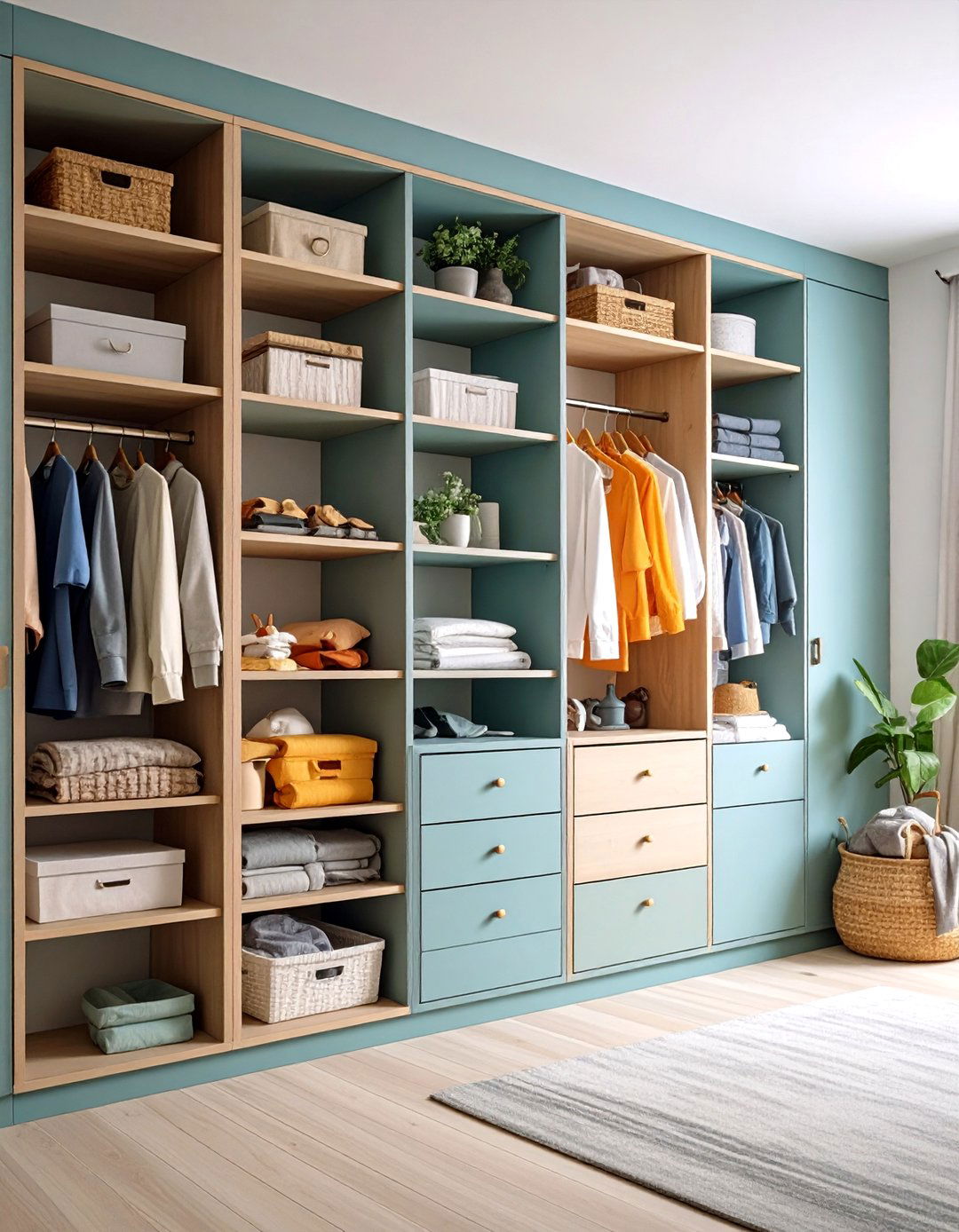
Built-in shelving and cabinets take advantage of every niche and corner, providing customized storage without bulky freestanding furniture. Floor-to-ceiling units can house clothing, books, and décor, while recessed wall cubbies offer spots for personal items or display pieces. When built-ins match the wall color, they blend seamlessly, making the room feel larger and more cohesive than standalone storage pieces would.
3. Lofted Beds
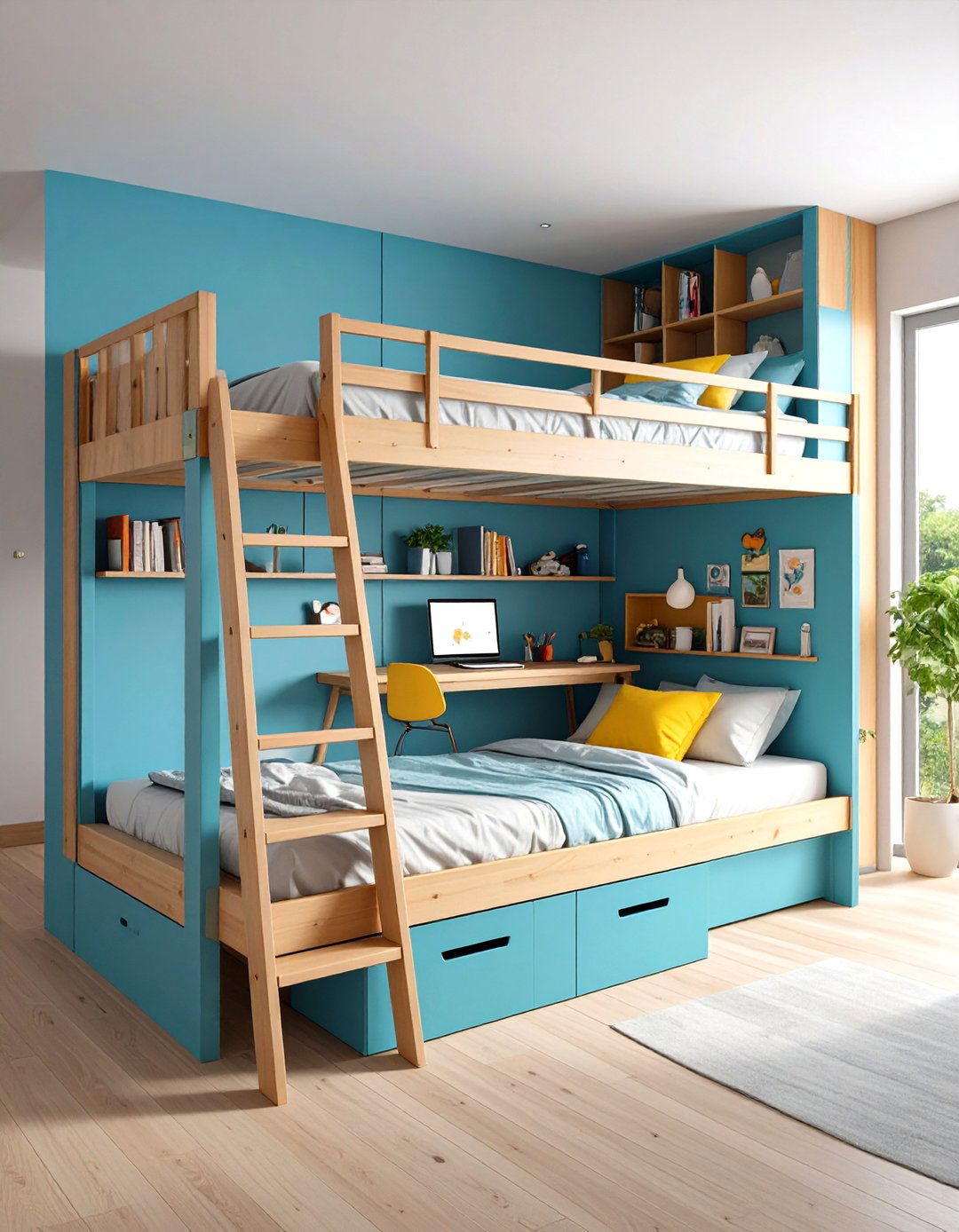
Raising the bed off the floor creates valuable real estate beneath for a desk, seating area, or additional storage. Lofted beds work especially well in rooms with higher ceilings, turning vertical space into practical square footage. They can be customized with built-in ladders, guardrails, and shelving to suit your style and needs, making the bedroom both dynamic and space-efficient.
4. Light Color Palettes
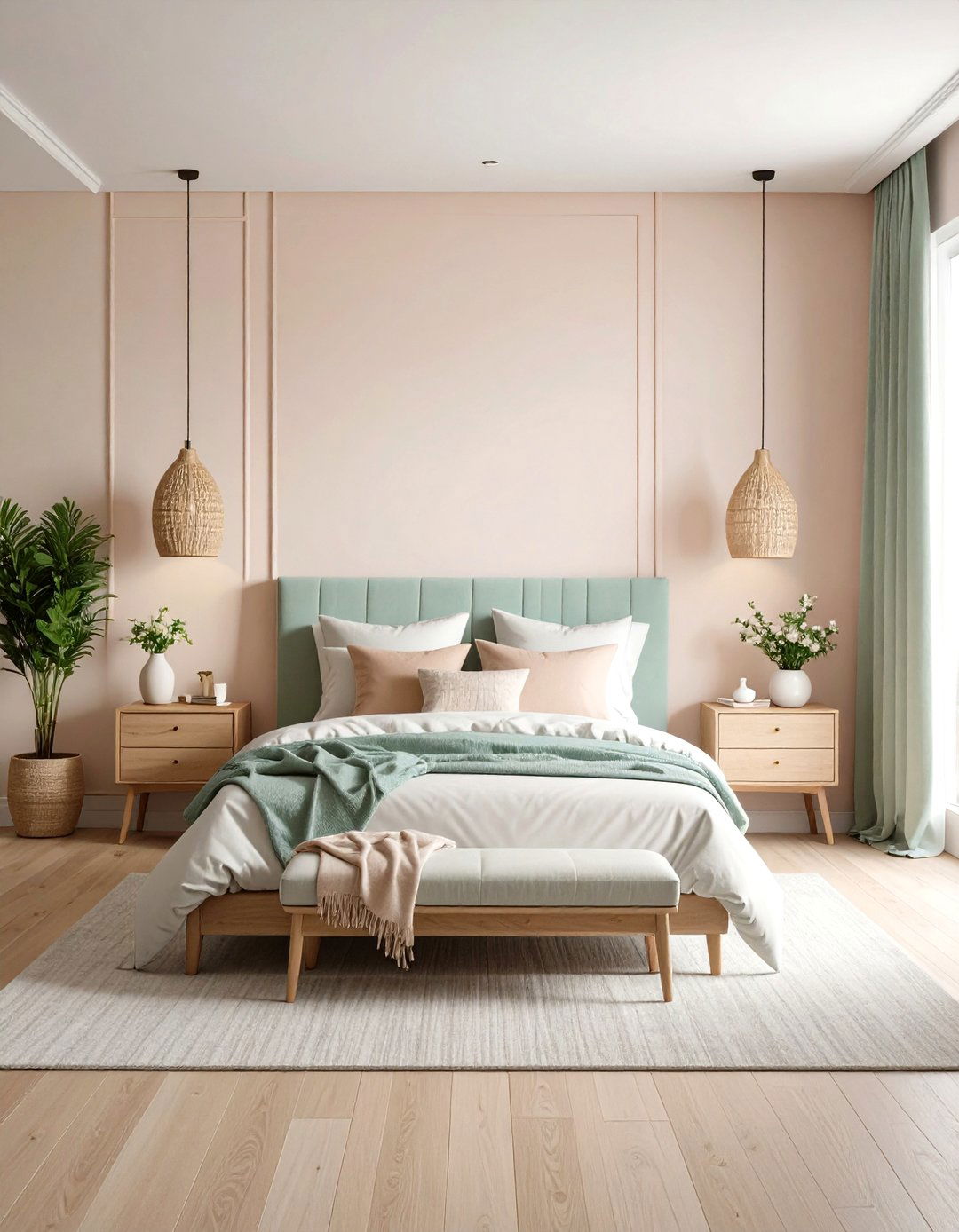
Soft, neutral shades such as pale grays, creams, and muted pastels reflect natural light and lend an airy feel to confined spaces. A calming palette creates the illusion of openness, especially when walls, trim, and large furniture pieces share similar hues. In a Manhattan apartment showcase, a serene neutral backdrop paired with modern accents made a small bedroom feel luxurious and grounded.
5. Mirrors to Enhance Space
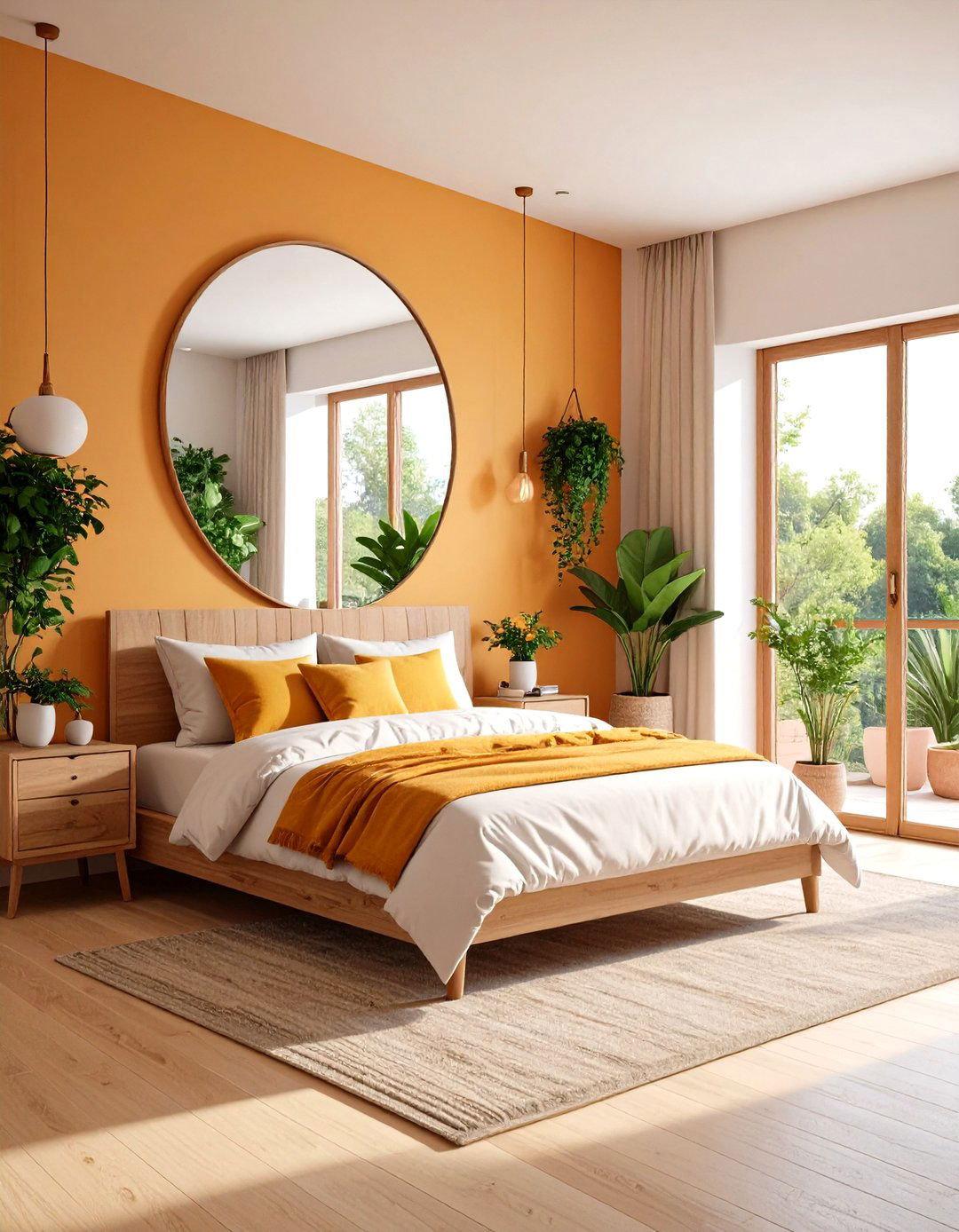
Strategically placing mirrors opposite windows or light sources bounces light around the room, visually doubling its size. Full-length mirrors, mirrored closet doors, or even a gallery of small mirrored tiles can all contribute to a brighter, more expansive atmosphere. Designers recommend disguising closet doors with mirrors to instantly open up cramped quarters.
6. Minimalist Design
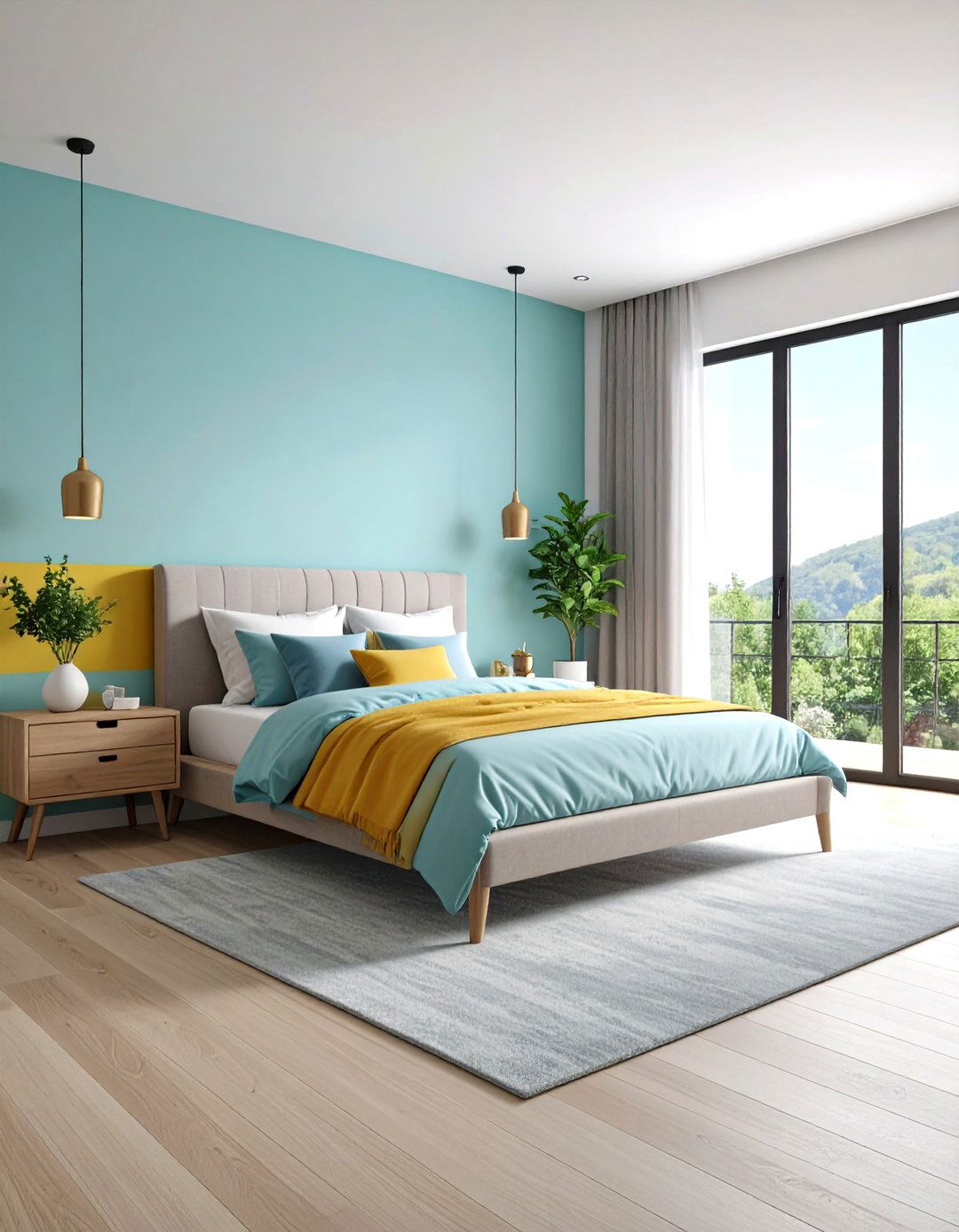
Adopting a minimalist aesthetic—with clean lines, uncluttered surfaces, and a restrained palette—reduces visual noise and emphasizes space. Fewer, more intentional décor items ensure each piece serves a purpose and adds to the room’s functionality or beauty. In minimalist bedrooms, every element must earn its place, resulting in a serene environment that feels larger than it is.
7. Vertical Shelving
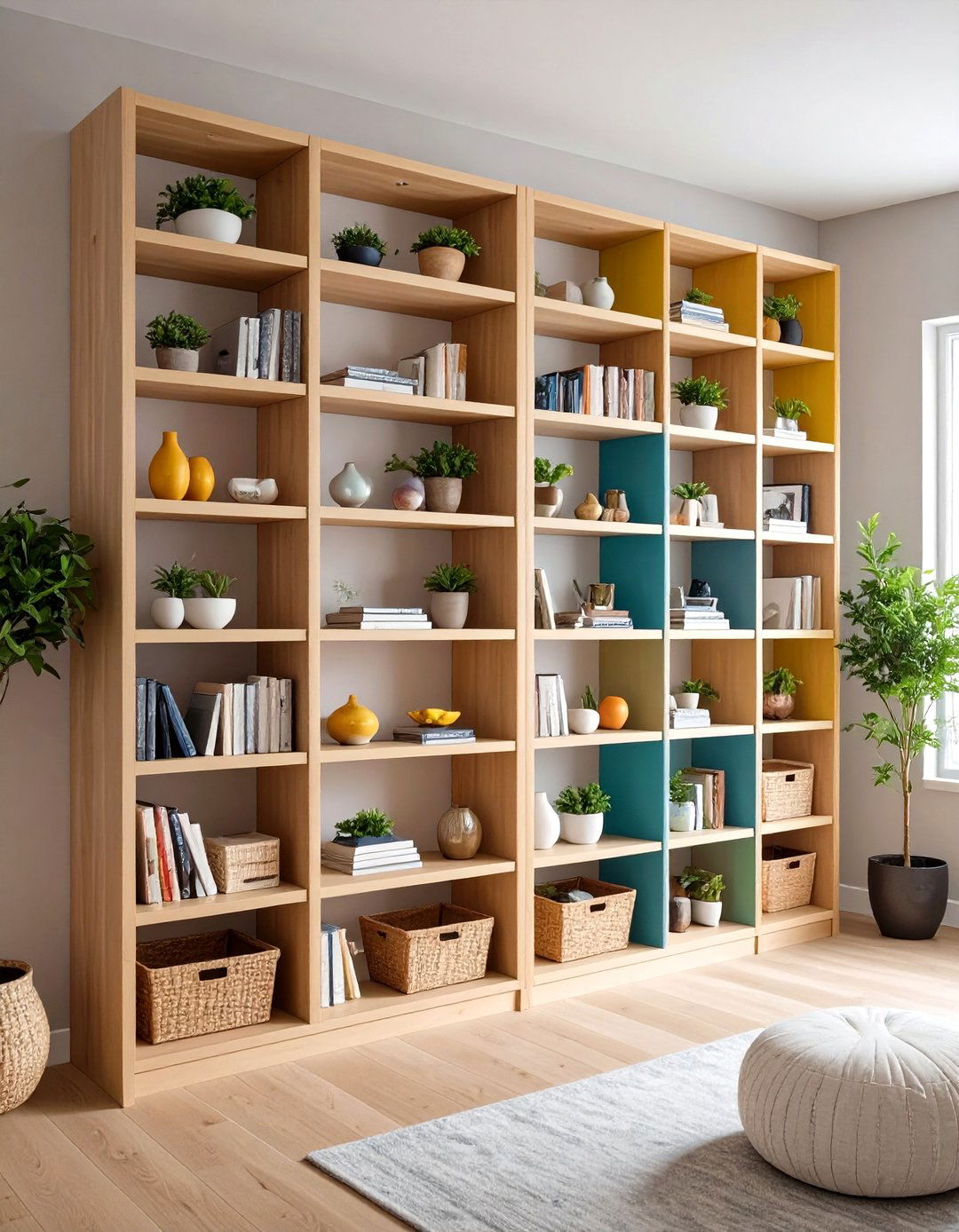
When floor space is limited, think vertically. Wall-mounted shelves and tall bookcases draw the eye upward and provide ample storage for books, décor, and essentials. High shelves keep less-used items out of the way, while open shelving maintains an airy vibe. Adding a bookshelf up high is one of the smartest ways to maximize bedroom storage without sacrificing floor area.
8. Floating Nightstands
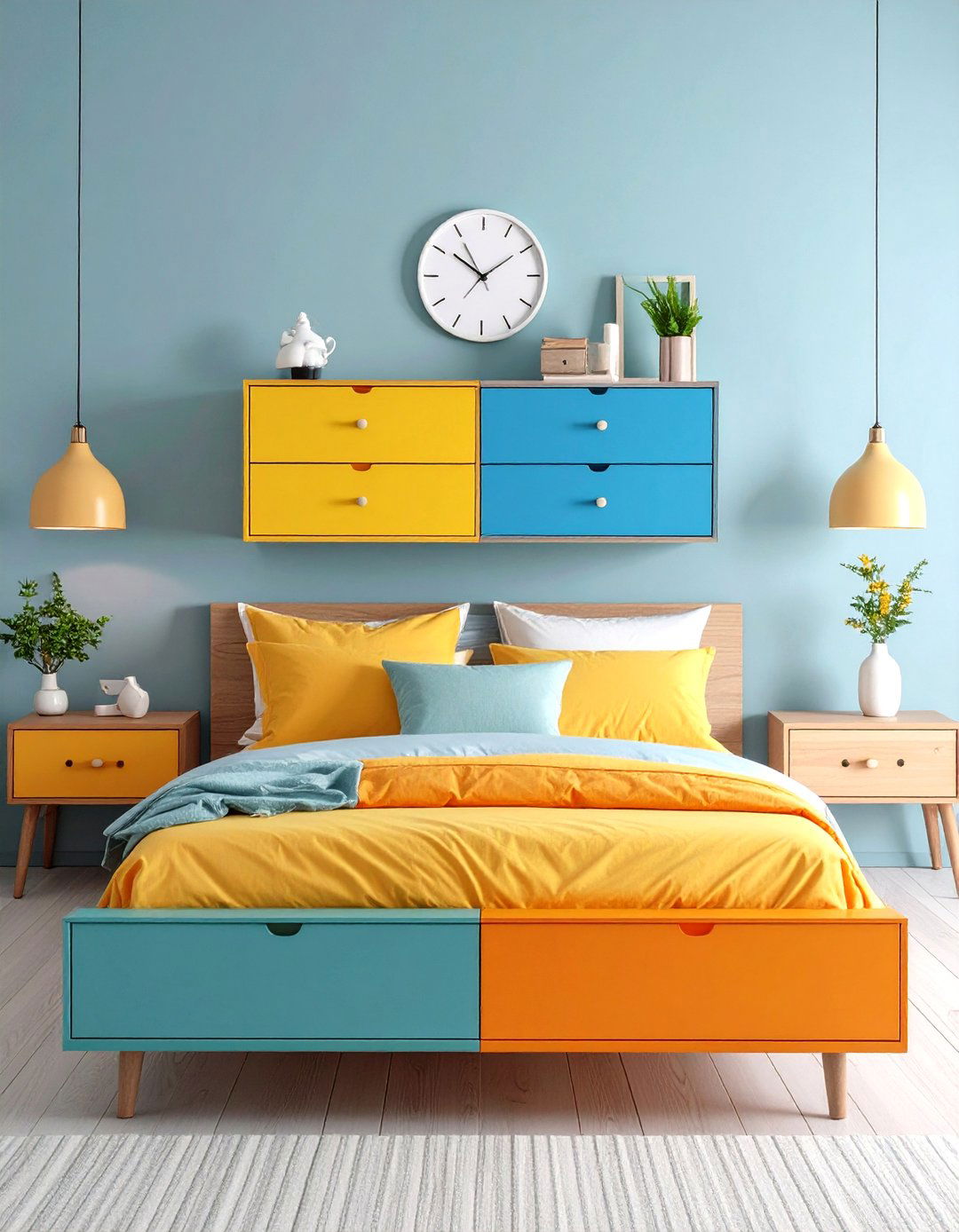
Floating nightstands anchored to the wall leave the floor beneath open, creating the perception of more space. These sleek shelves or small cabinets can hold a lamp, alarm clock, and a few personal items, while their minimal footprint keeps the room looking uncluttered. Floating bedside units also pair well with wall-mounted lighting, further freeing up surface area.
9. Murphy Beds
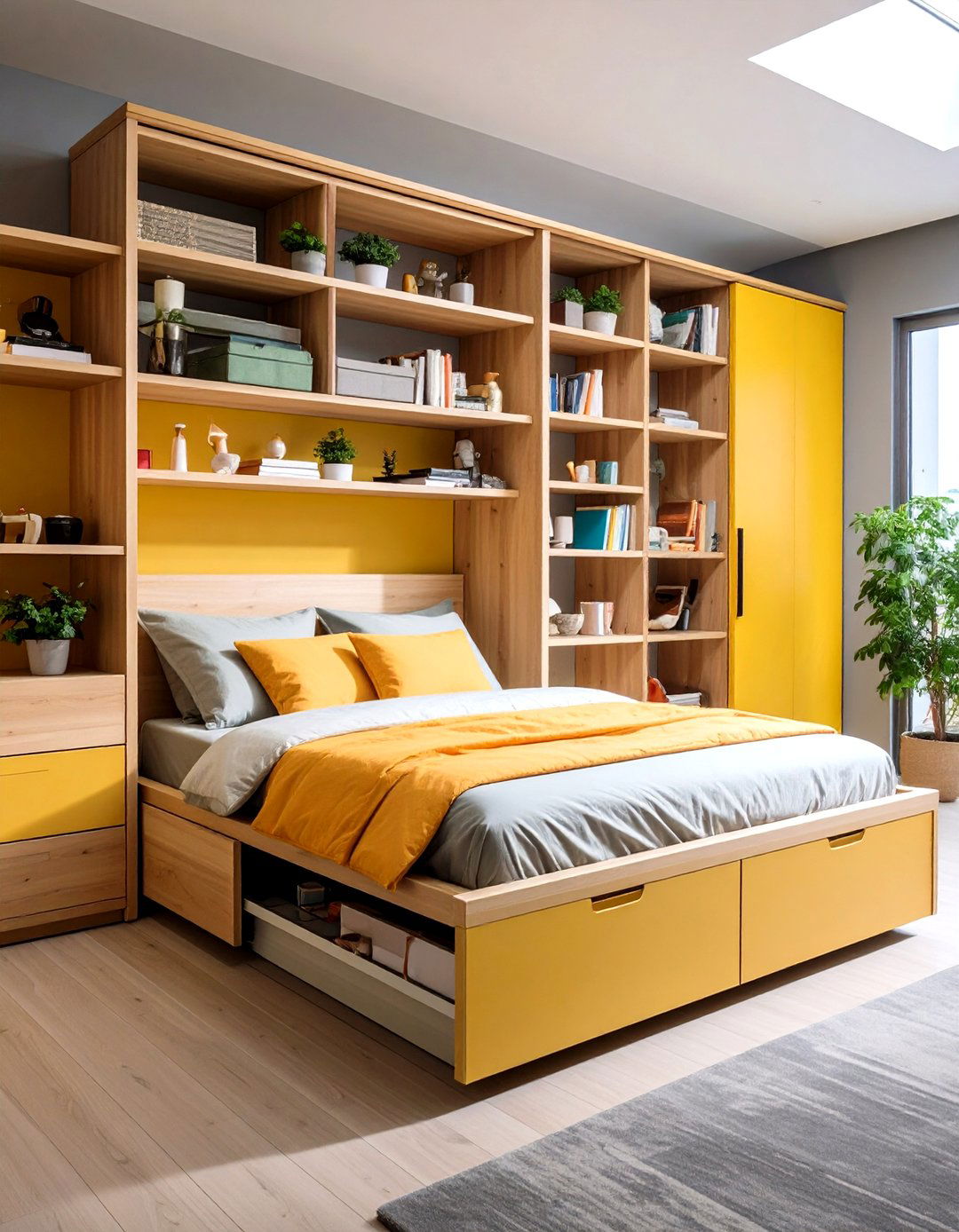
Murphy beds fold away into the wall when not in use, instantly transforming a bedroom into a living space, home office, or exercise area. Modern Murphy designs incorporate shelving, desks, or cabinets around the bed frame, making them a stylish and functional addition to small quarters. With 30 chic Murphy bed designs available, there’s an option to suit any décor style.
10. Under-Bed Storage
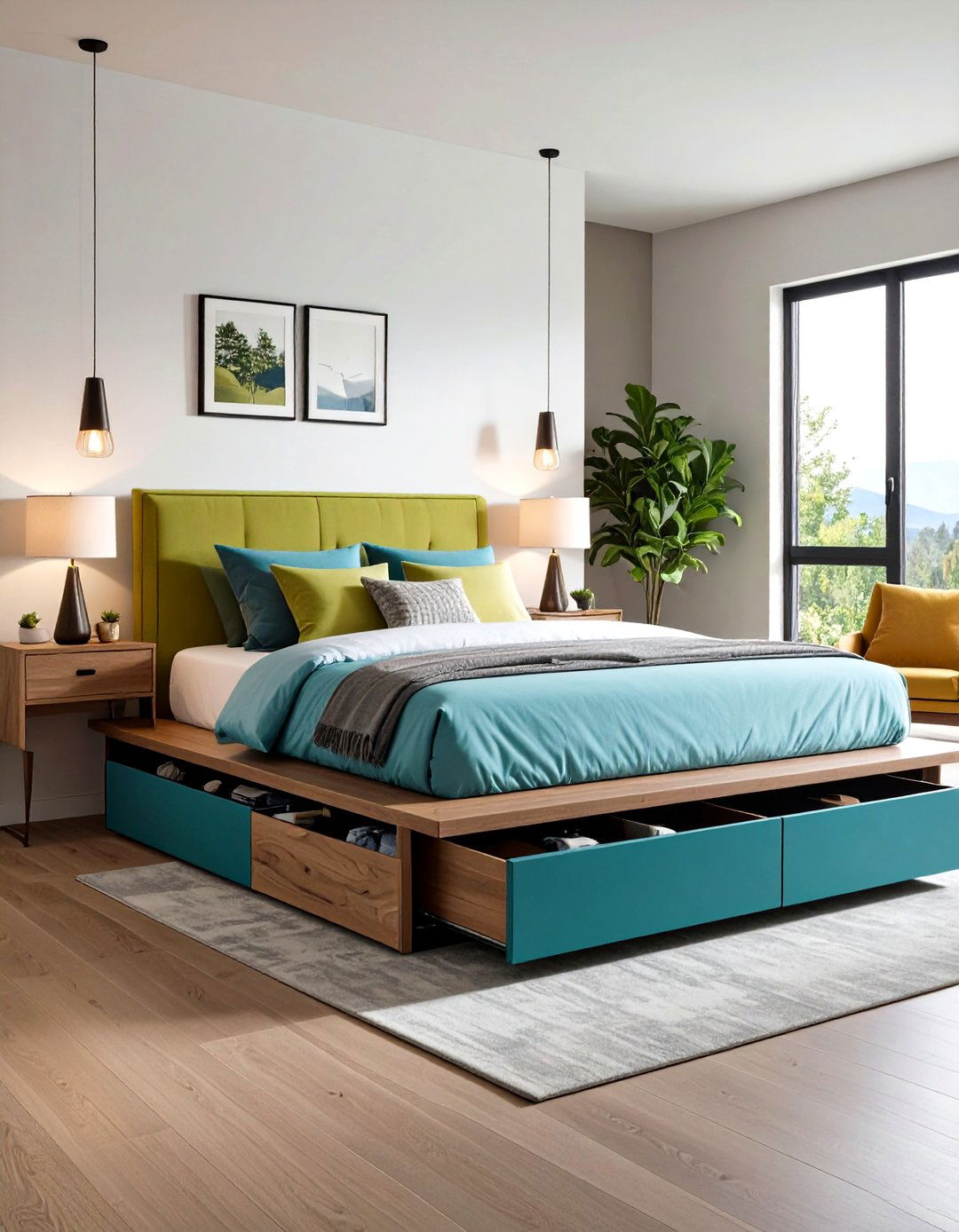
Utilizing the space beneath the bed with drawers, baskets, or roll-out bins is an easy way to tuck away linens, seasonal clothing, or shoes. Platform beds with built-in drawers or low-profile rolling containers maximize this hidden zone without altering room dimensions. This out-of-sight storage keeps everyday items accessible yet concealed, maintaining a tidy look.
11. Corner Desks

Fitting a desk into an unused corner leverages awkward spaces for productivity. Corner desks designed with floating shelves or integrated organizers help keep work materials contained, while their triangular shape avoids impeding room flow. Four functional small-bedroom layouts demonstrate how corner workstations can coexist seamlessly with sleeping and storage areas.
12. Sliding Closet Doors
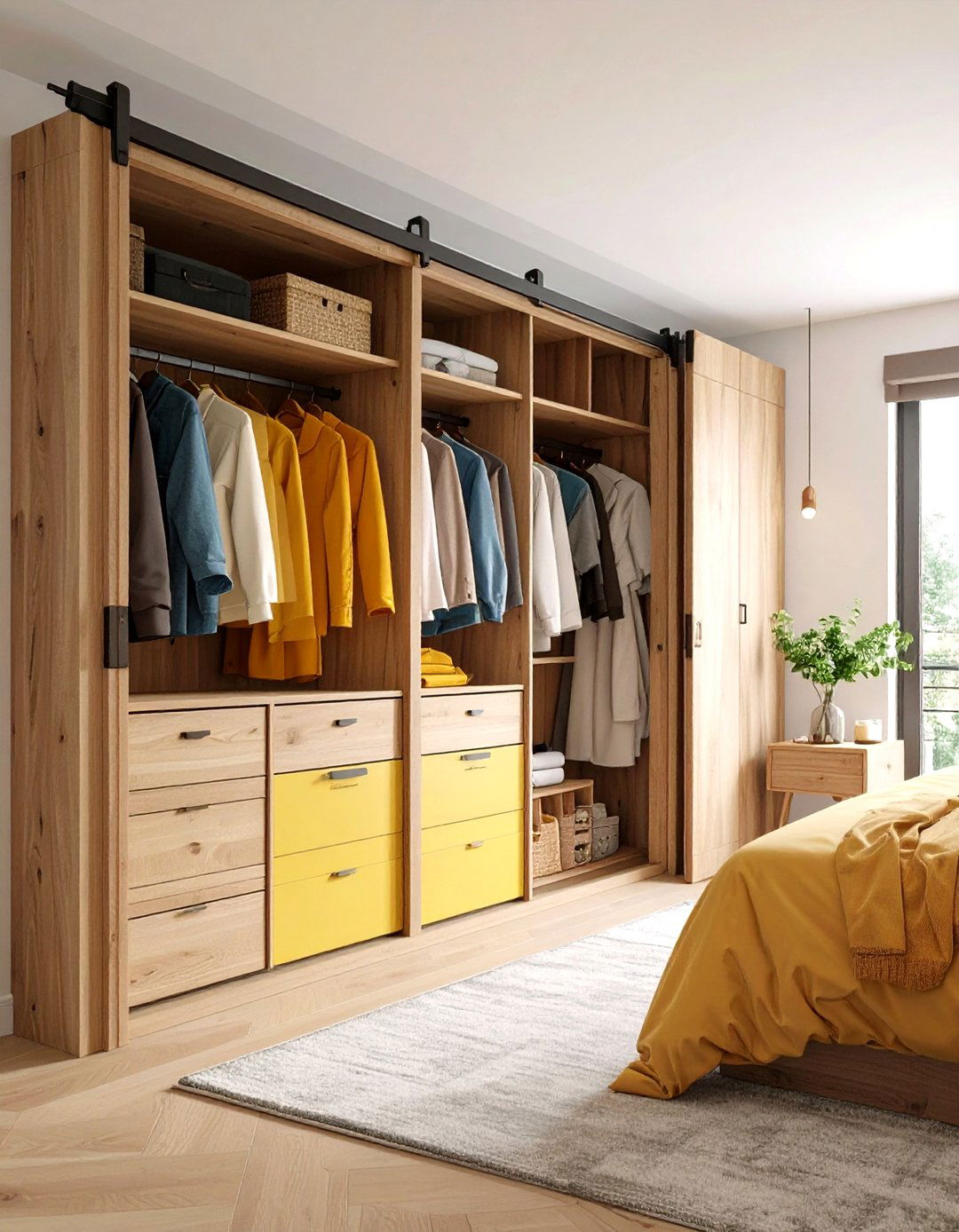
Traditional swinging doors require clearance, but sliding or pocket doors glide along tracks, preserving valuable floor space. Sleek barn-style or mirrored sliding doors not only improve access to clothing but also add a modern design element. Installing a soffit-mounted track system ensures smooth operation without a bottom rail protruding into the room.
13. Monochromatic Schemes
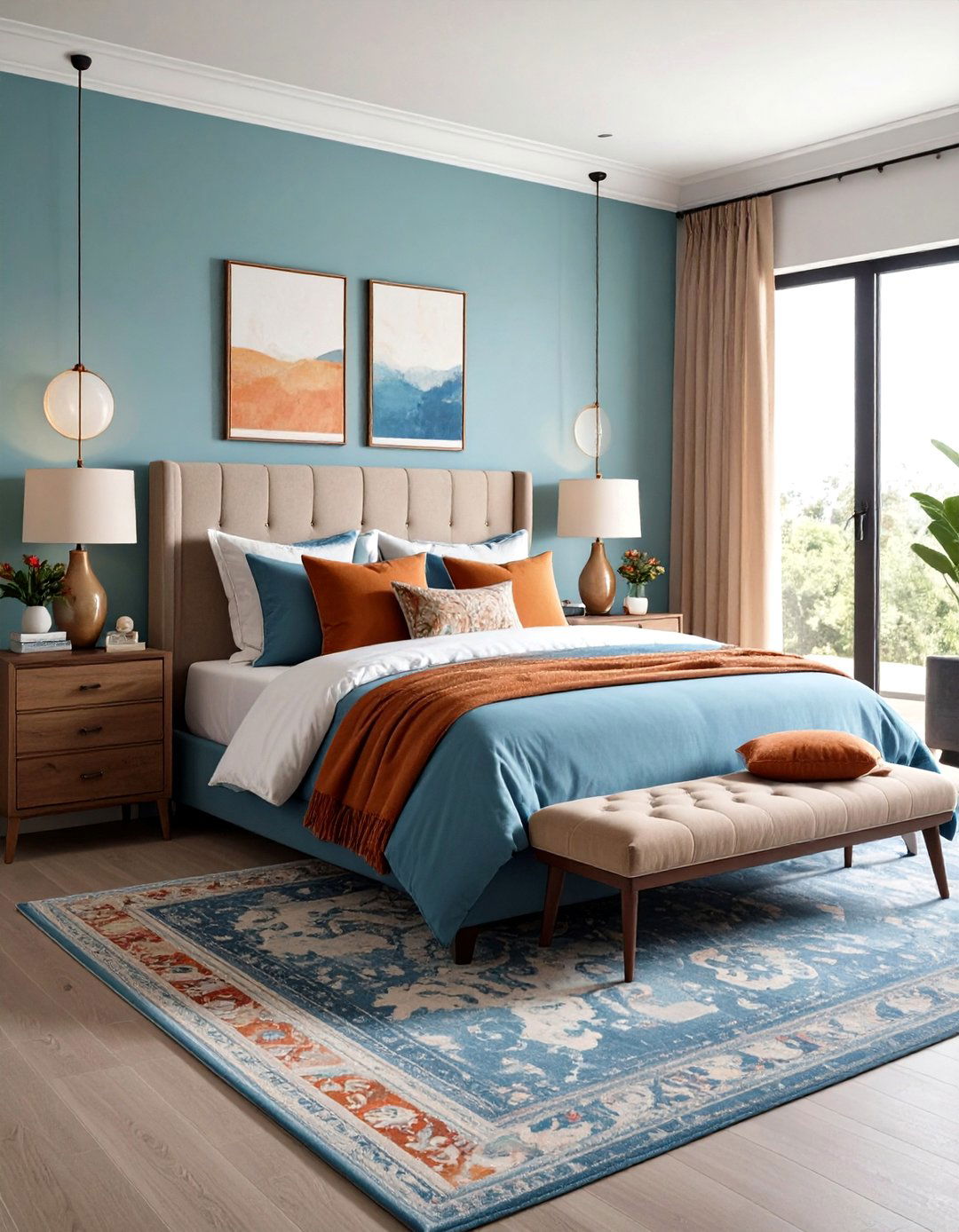
Dressing the room in variations of a single hue—whether shades of blue, beige, or gray—creates a unified look that reduces visual breaks and makes walls recede. Layering texture through rugs, pillows, and throws prevents monotony while preserving the sense of openness. Designers suggest clever built-ins and drapery to elevate a monochromatic small bedroom into a major style statement.
14. Accent Wall

A single wall with bold wallpaper or a contrasting paint color adds personality without overwhelming the space. Vertical stripes can make ceilings appear higher, while a dark-hued feature wall brings depth. Peel-and-stick options offer renter-friendly ways to experiment with patterns and textures, and they can be removed easily when tastes change.
15. Soft Textiles and Layered Bedding
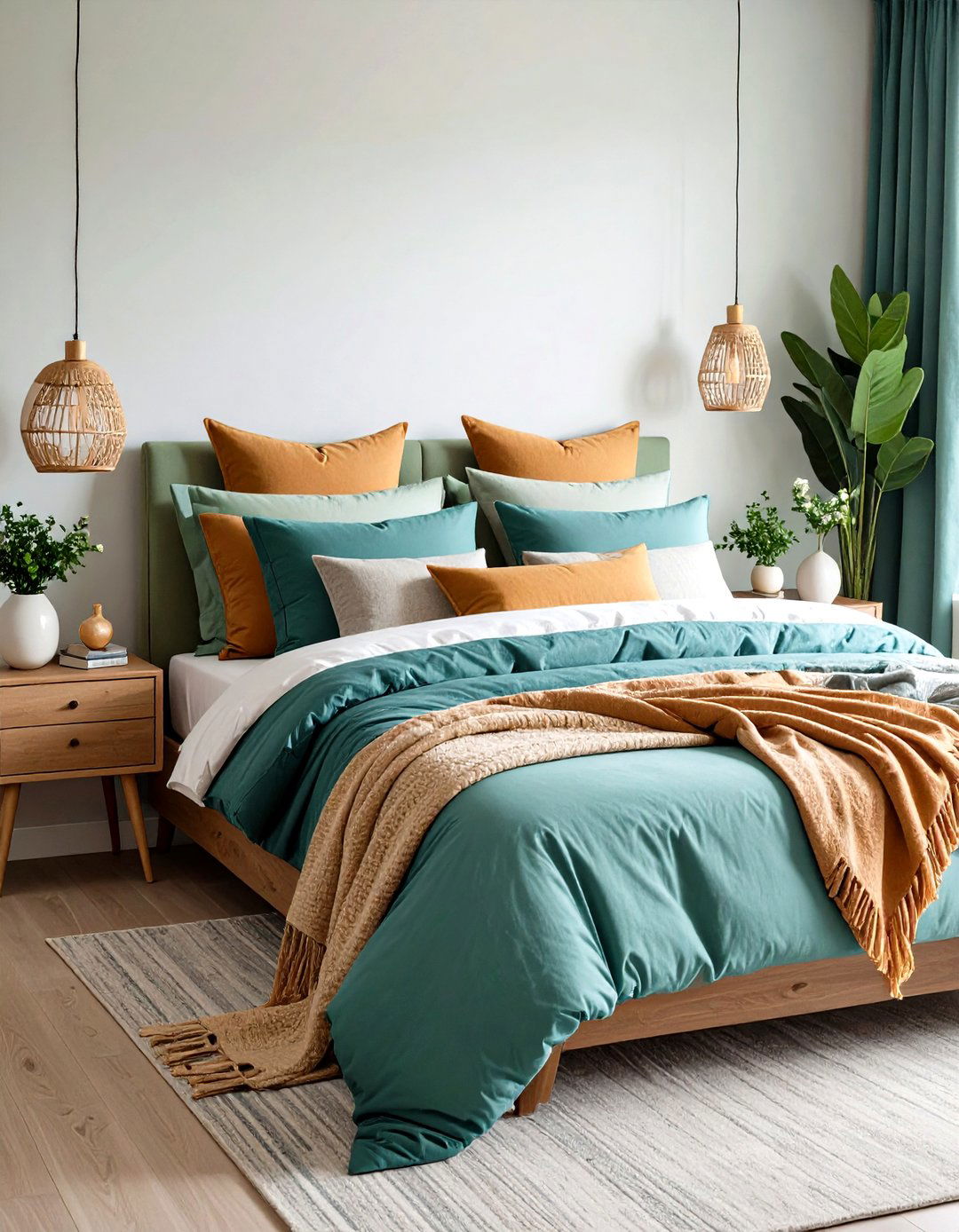
Luxurious throws, plush pillows, and layered quilts invite comfort and warmth. In small bedrooms, consider a platform bed with a low profile and high-quality linens in complementary tones. Silk-lined sheets or velvet pillows add a touch of sophistication without consuming additional space, ensuring your sleep sanctuary feels both cozy and elegant.
16. Wall-Mounted Lighting

Replacing table lamps with wall sconces or pendant lights clears surface space on nightstands and dressers. Adjustable arms or swing-arm fixtures offer reading light where needed, while LED wall lights provide ambient illumination. Opting for low-profile, hardwired designs keeps cords out of sight and the floor unobstructed.
17. Compact Seating Areas

Even in small bedrooms, a corner chair or a slim bench can create a reading nook or dressing spot. Choose seating with built-in storage—such as an ottoman with a lift-top—or a slender profile that tucks neatly against the wall. These seating elements enhance functionality without dominating the room.
18. Fold-Down Desks

Wall-mounted fold-down desks hinge up when in use and fold flat against the wall when finished. This space-saving solution combines well with floating shelves and a mounted pegboard to store office supplies. The result is a clean, uncluttered space that transitions seamlessly between work and rest.
19. Strategic Zoning
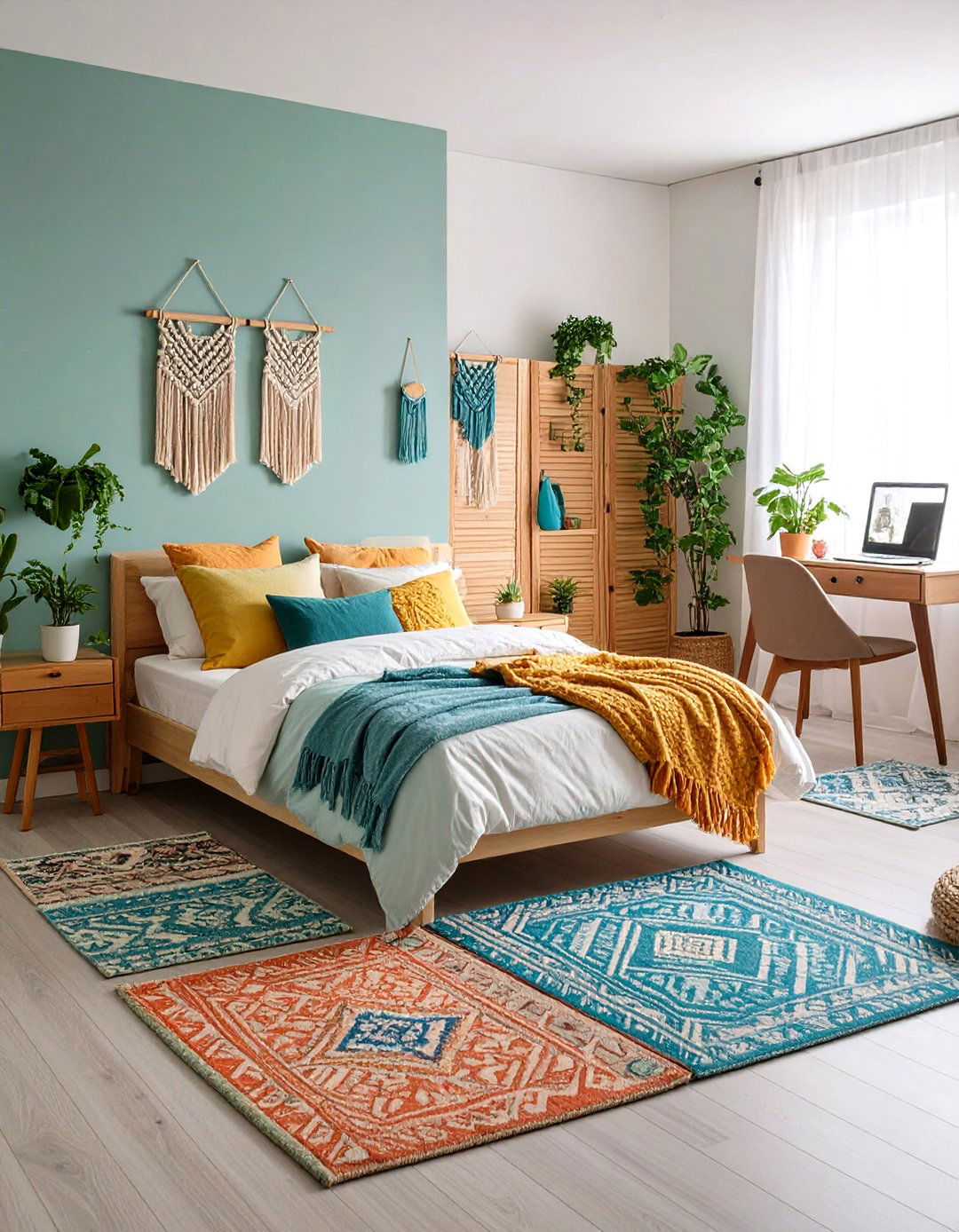
Defining separate zones for sleeping, working, and dressing helps small bedrooms feel organized. Area rugs can delineate the bed zone, while a small rug under a desk marks a workspace. Low shelving or a slender screen can act as a subtle room divider without closing off light or traffic flow.
20. Reflective and Glossy Finishes
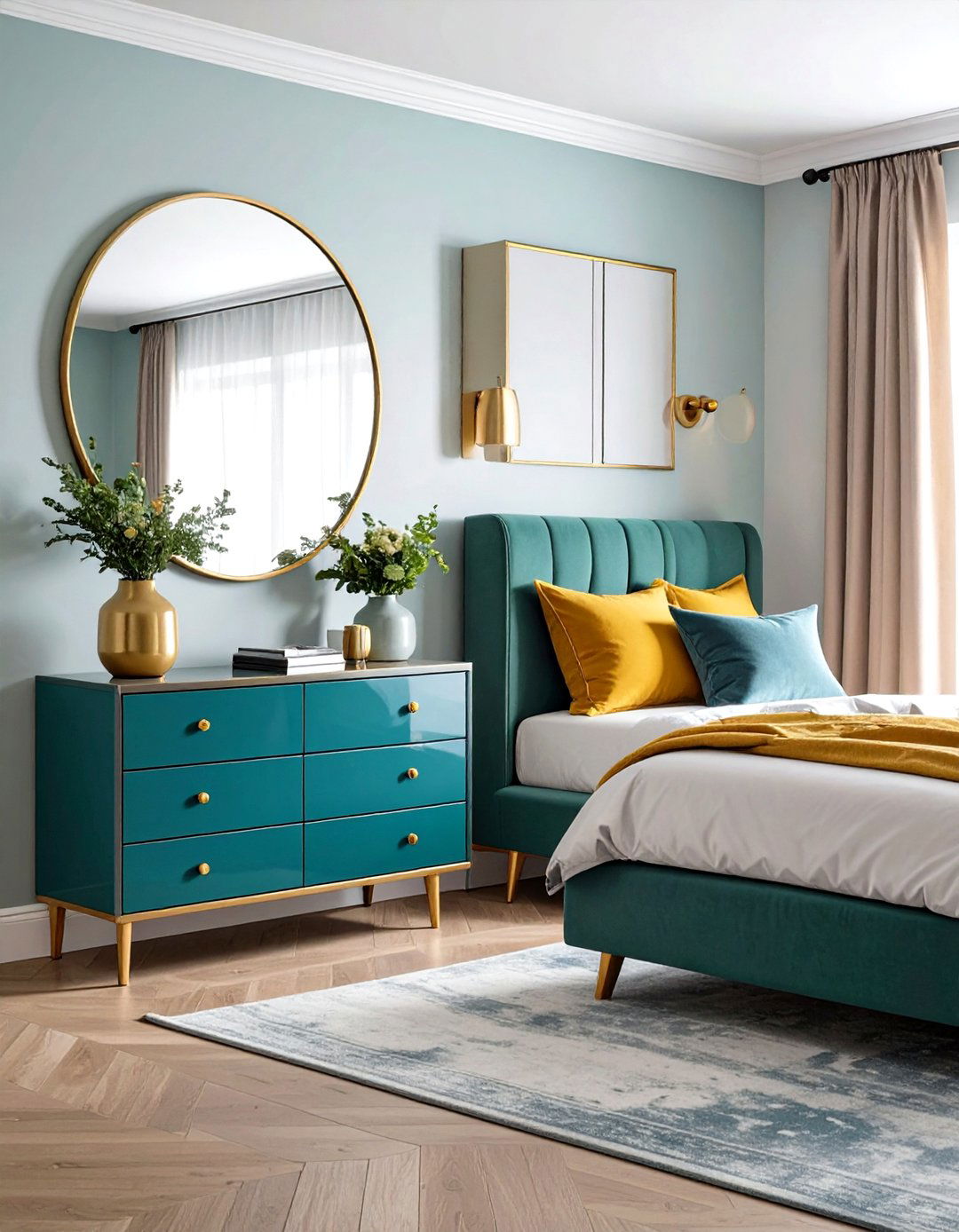
High-gloss paint, lacquered furniture, and mirrored accents all reflect light, making surfaces appear larger and more open. Even small touches—a glossy nightstand, a lacquered desk, or mirrored drawer fronts—can contribute to a brighter, more expansive feel. These finishes work best paired with a consistent color palette to avoid visual clutter.
Conclusion:
Transforming a small bedroom into a functional, visually appealing space involves thoughtful choices in furniture, storage, color, and lighting. By embracing multi-functional pieces, built-ins, lofted solutions, and reflective surfaces, you can optimize every inch without compromising style. Light palettes, strategic zoning, and clever décor tricks like accent walls and floating elements further enhance the sense of openness. With these 20 ideas, your compact bedroom can become a personalized sanctuary that feels both spacious and inviting.


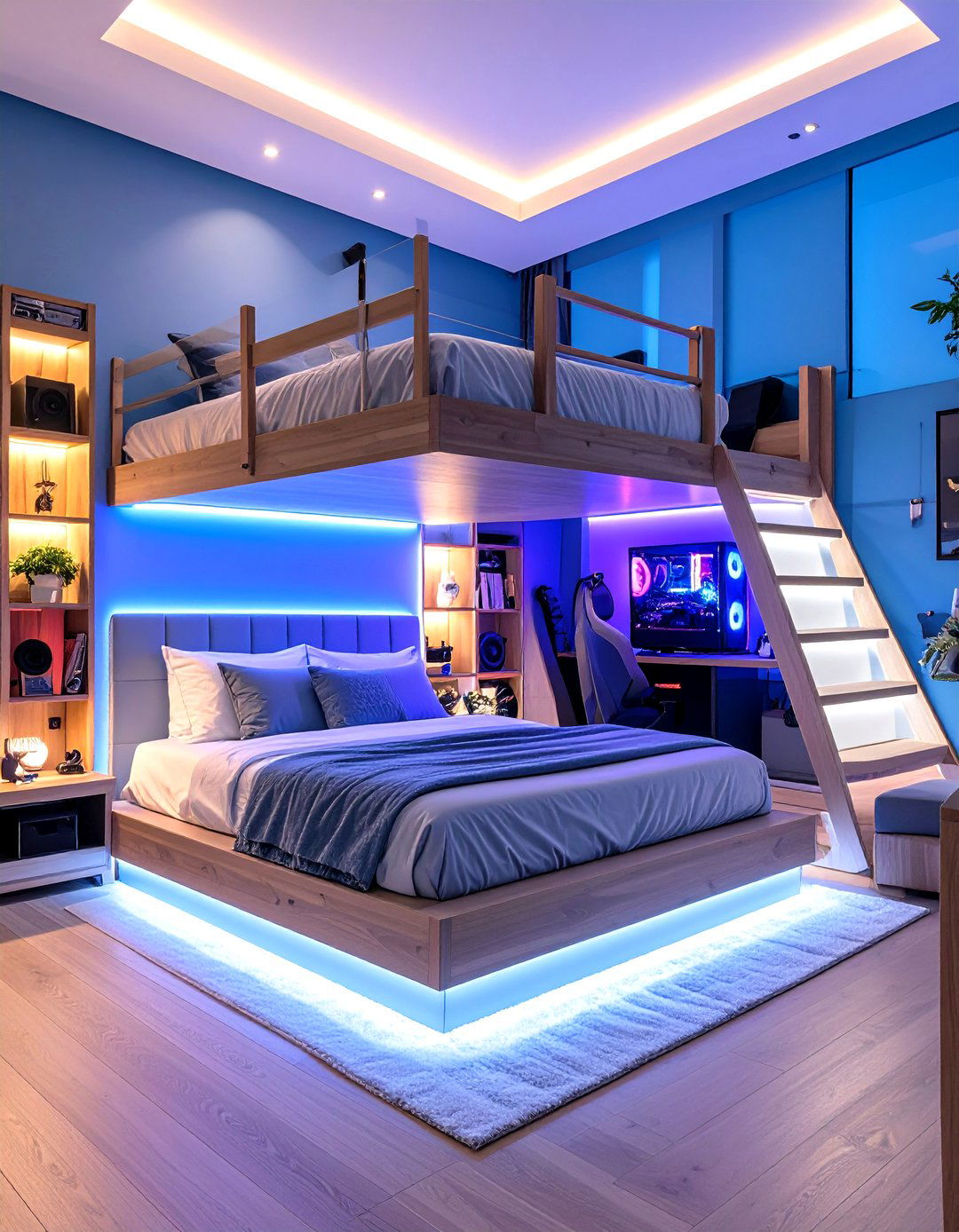
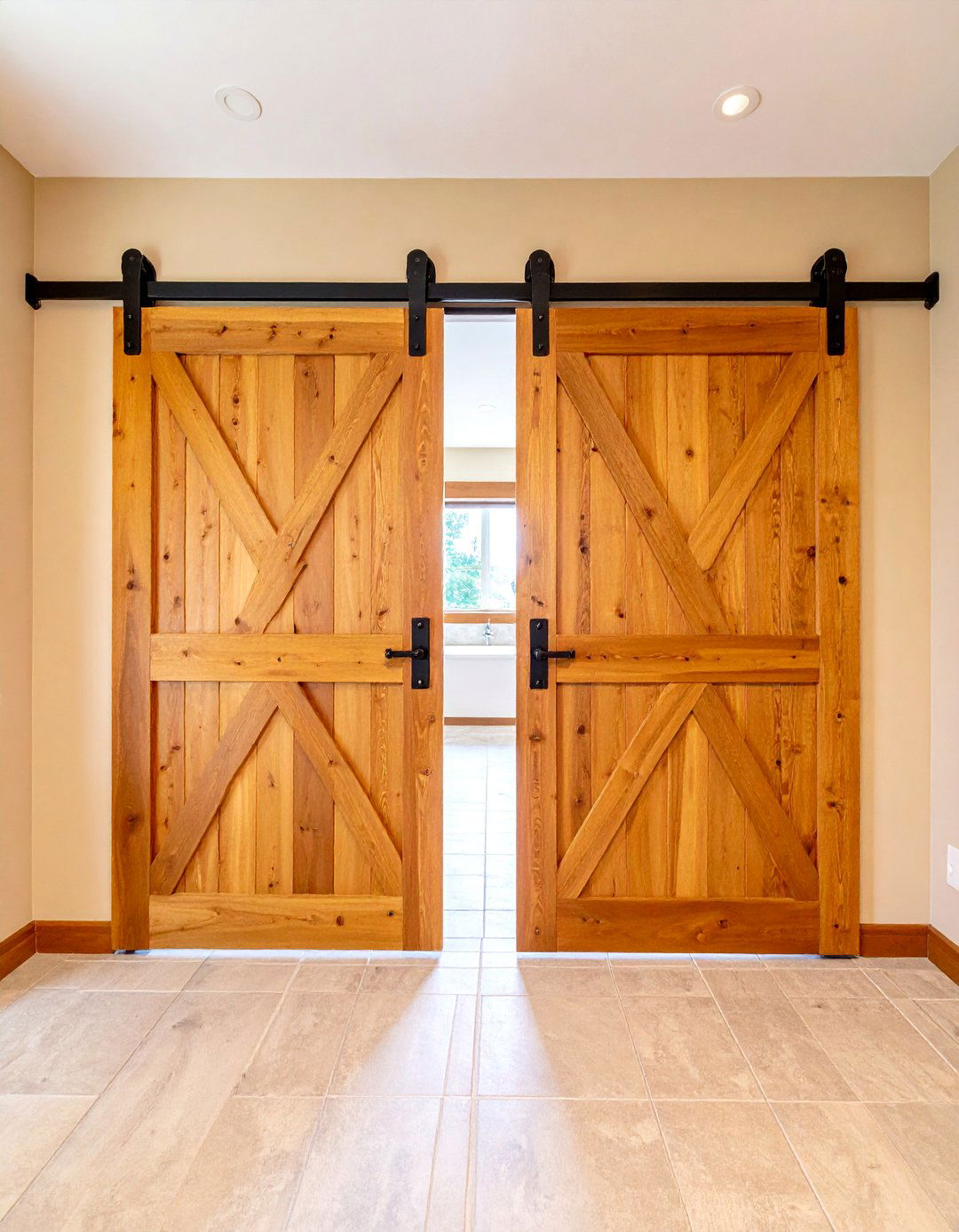
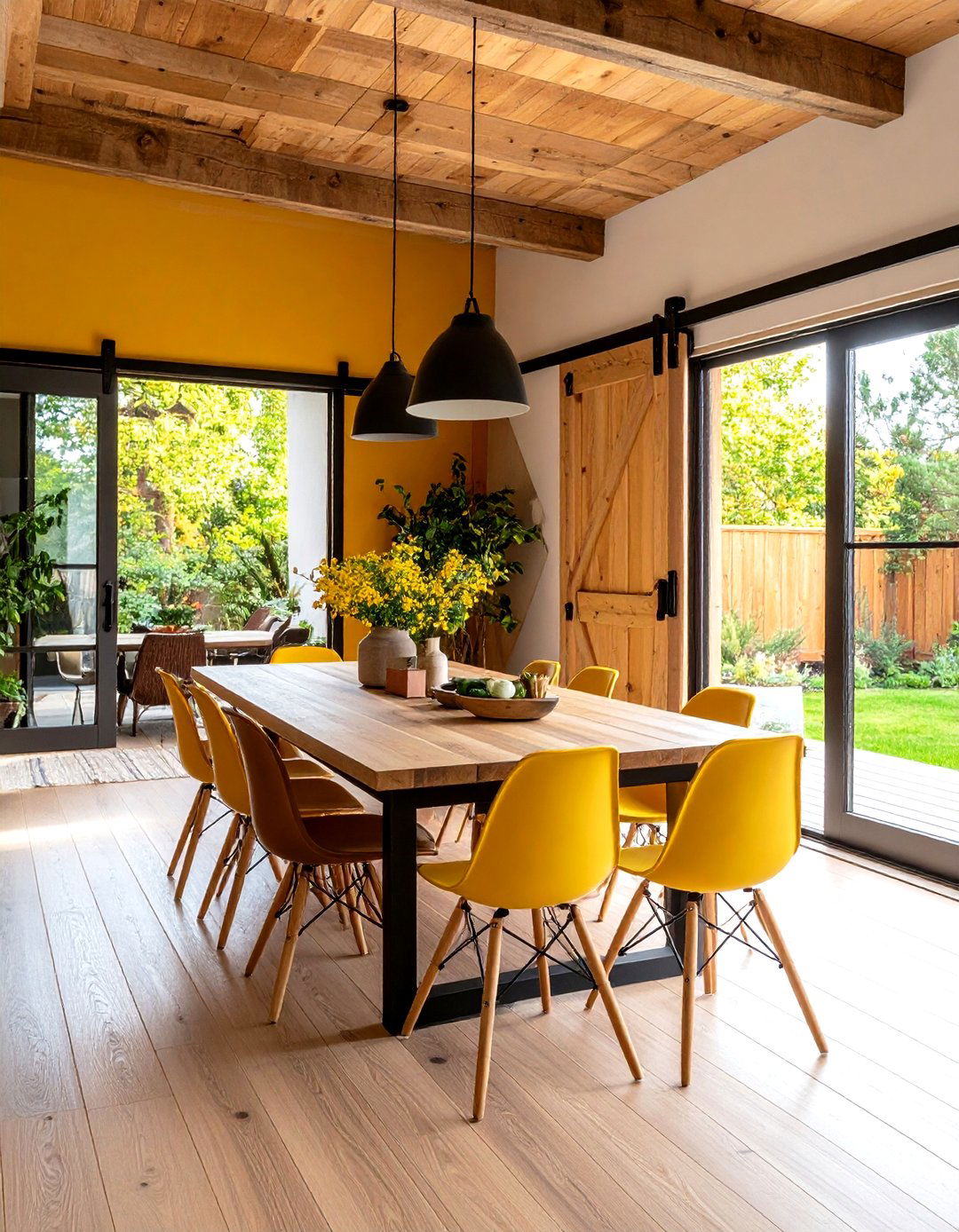
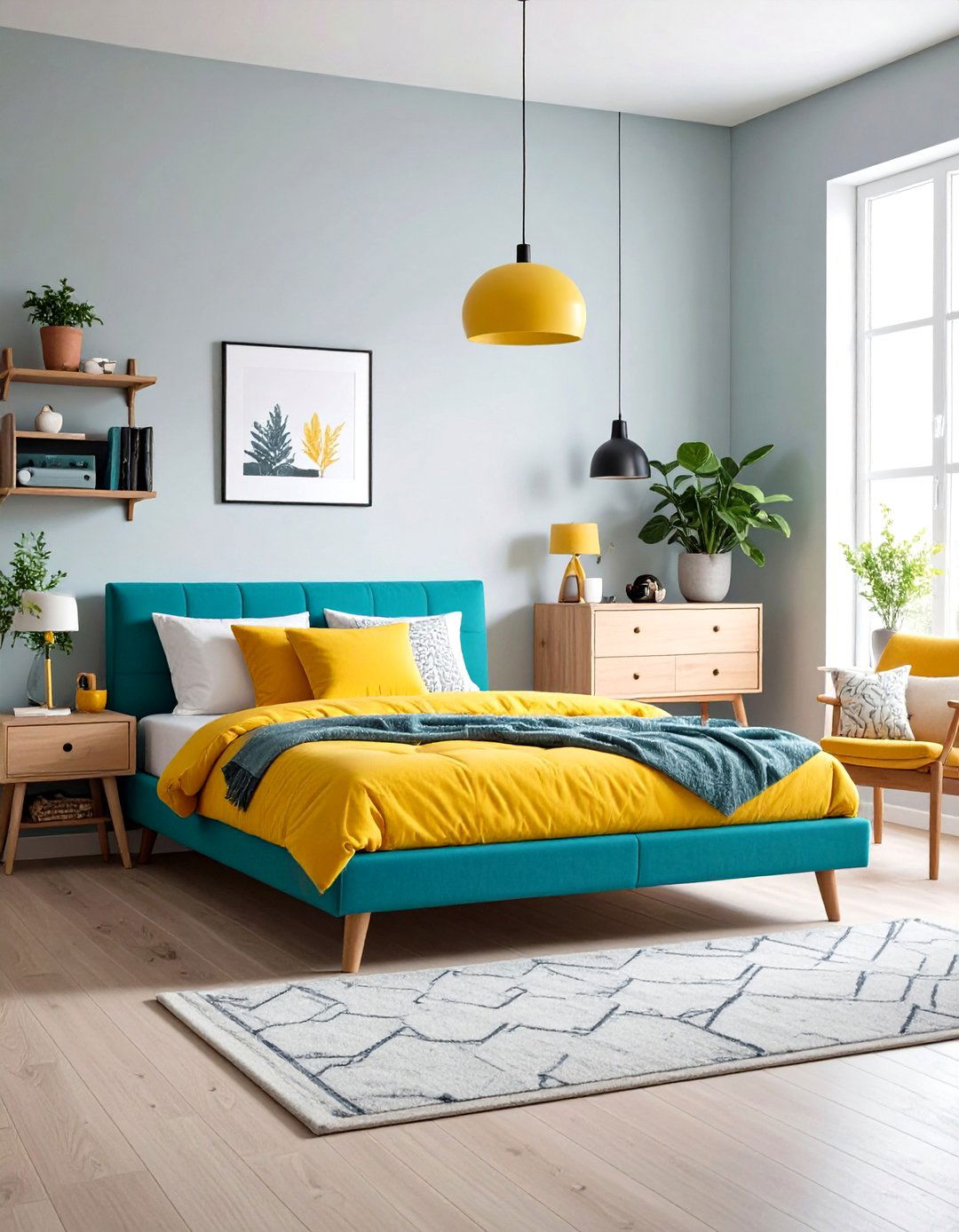
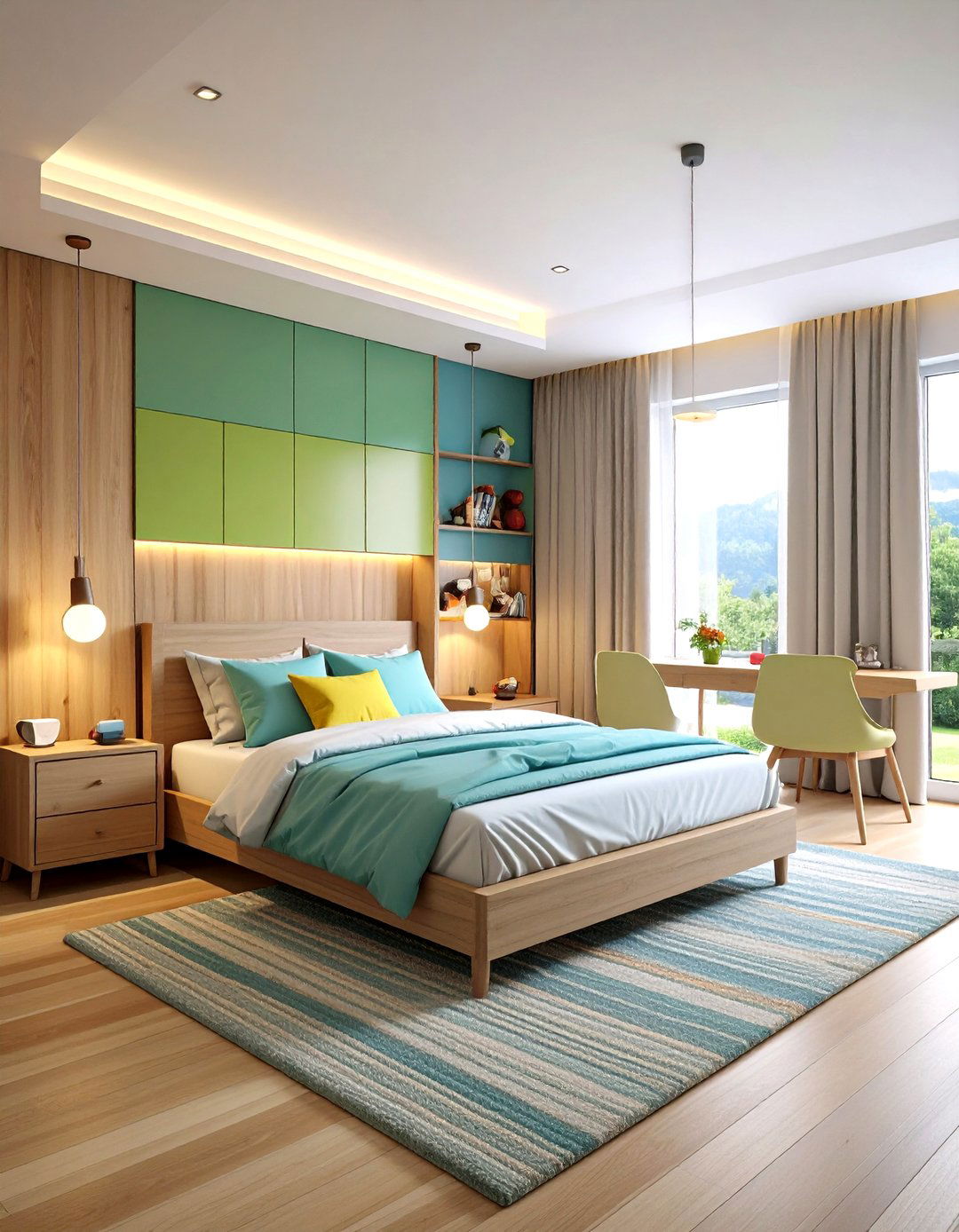
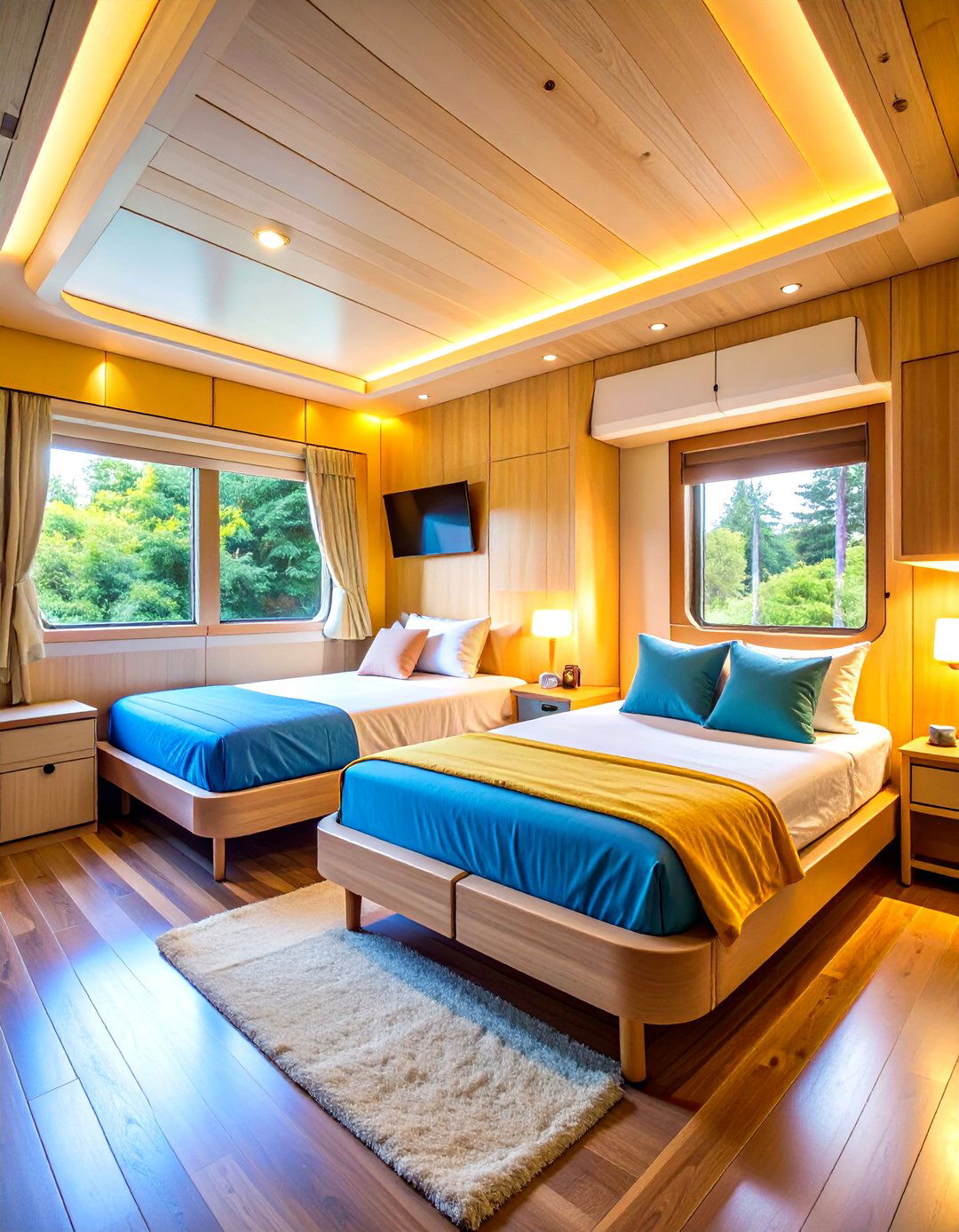
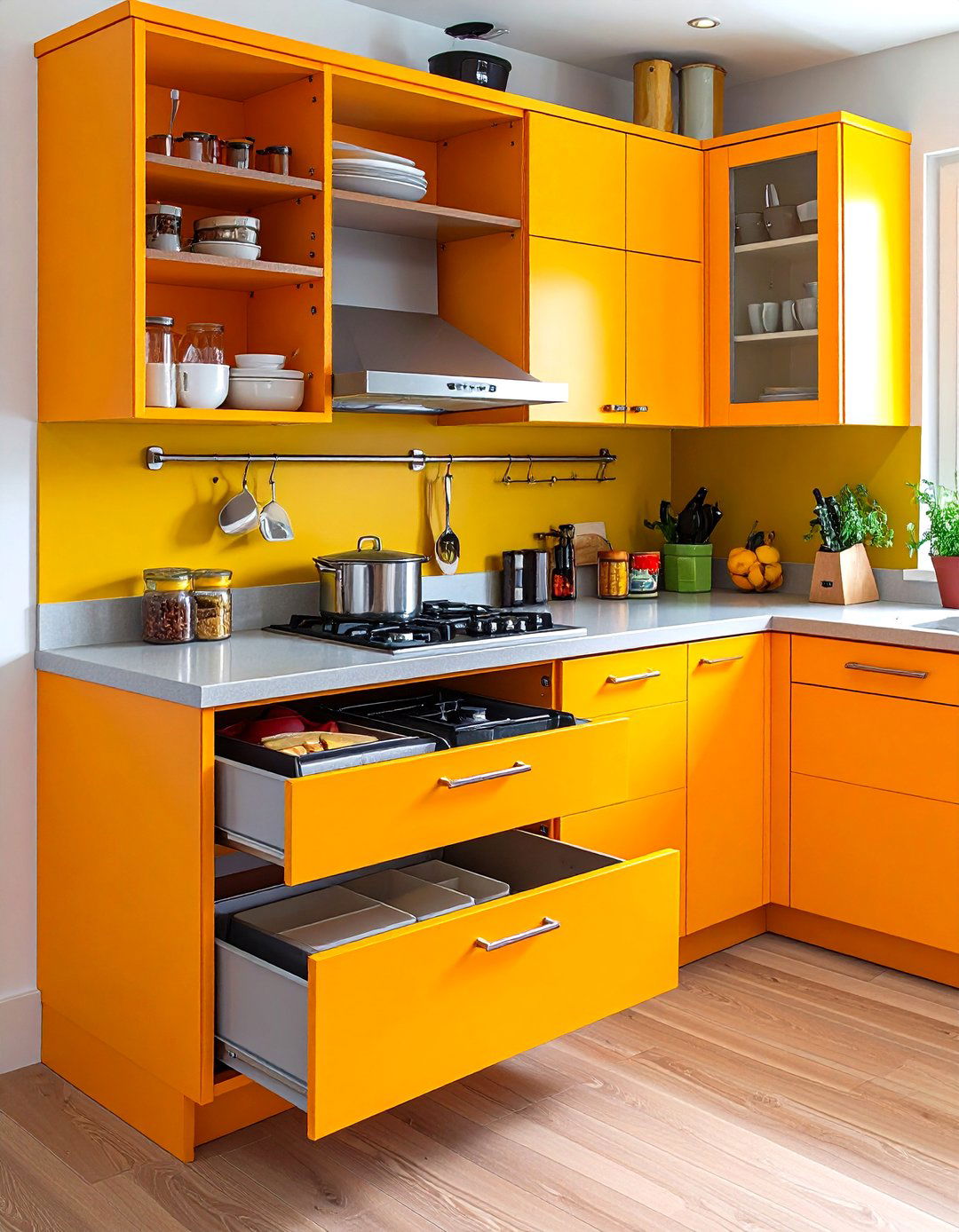
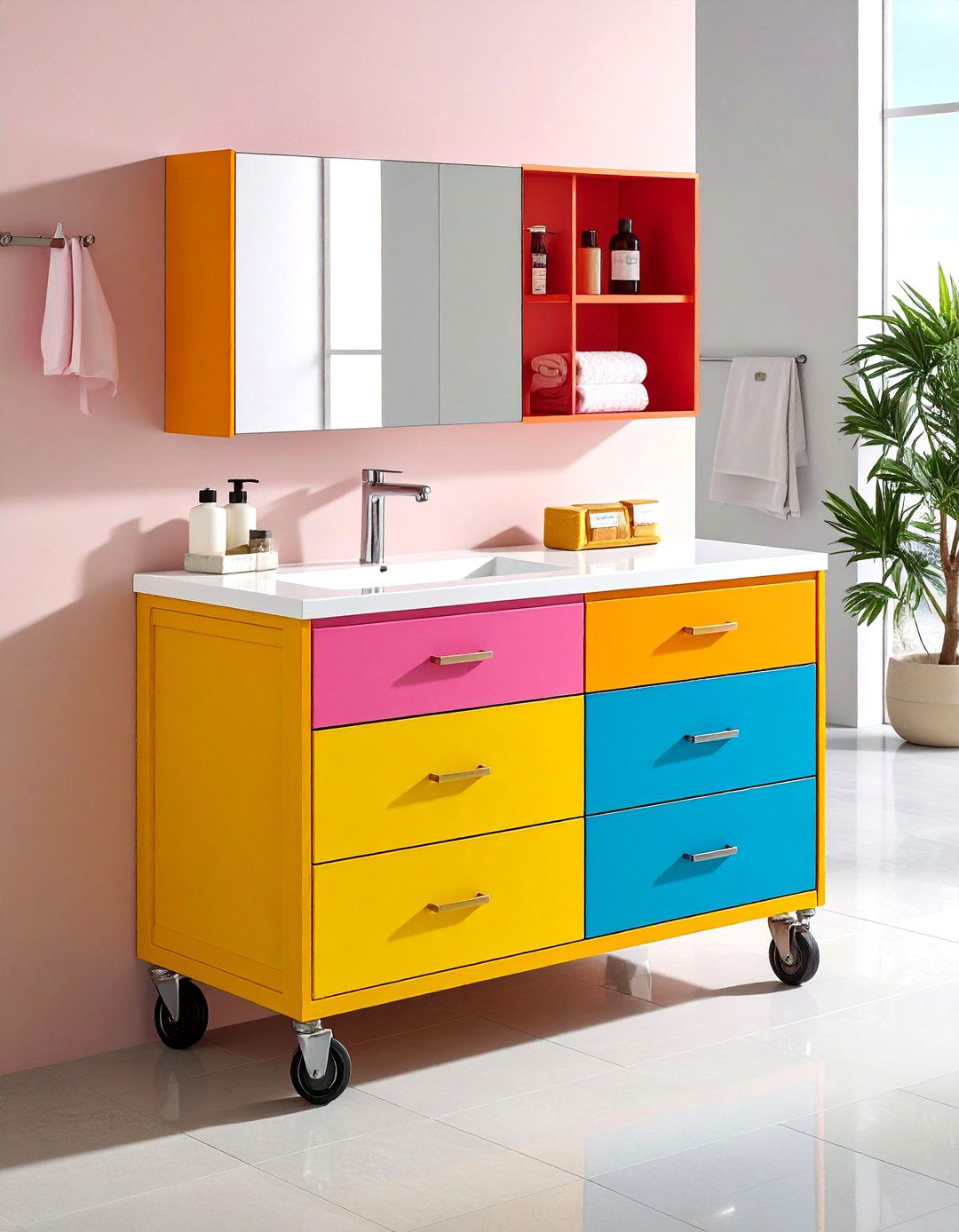
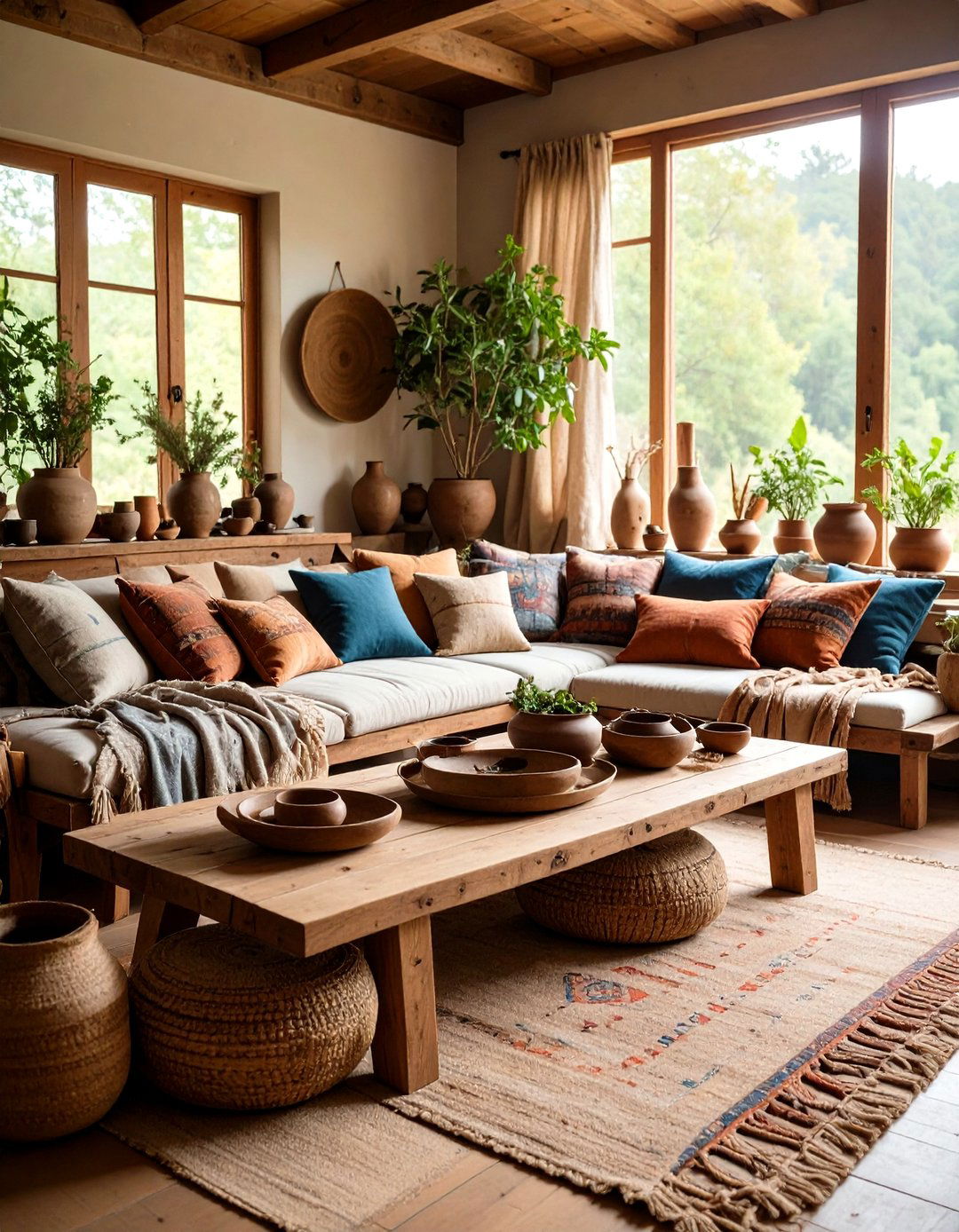
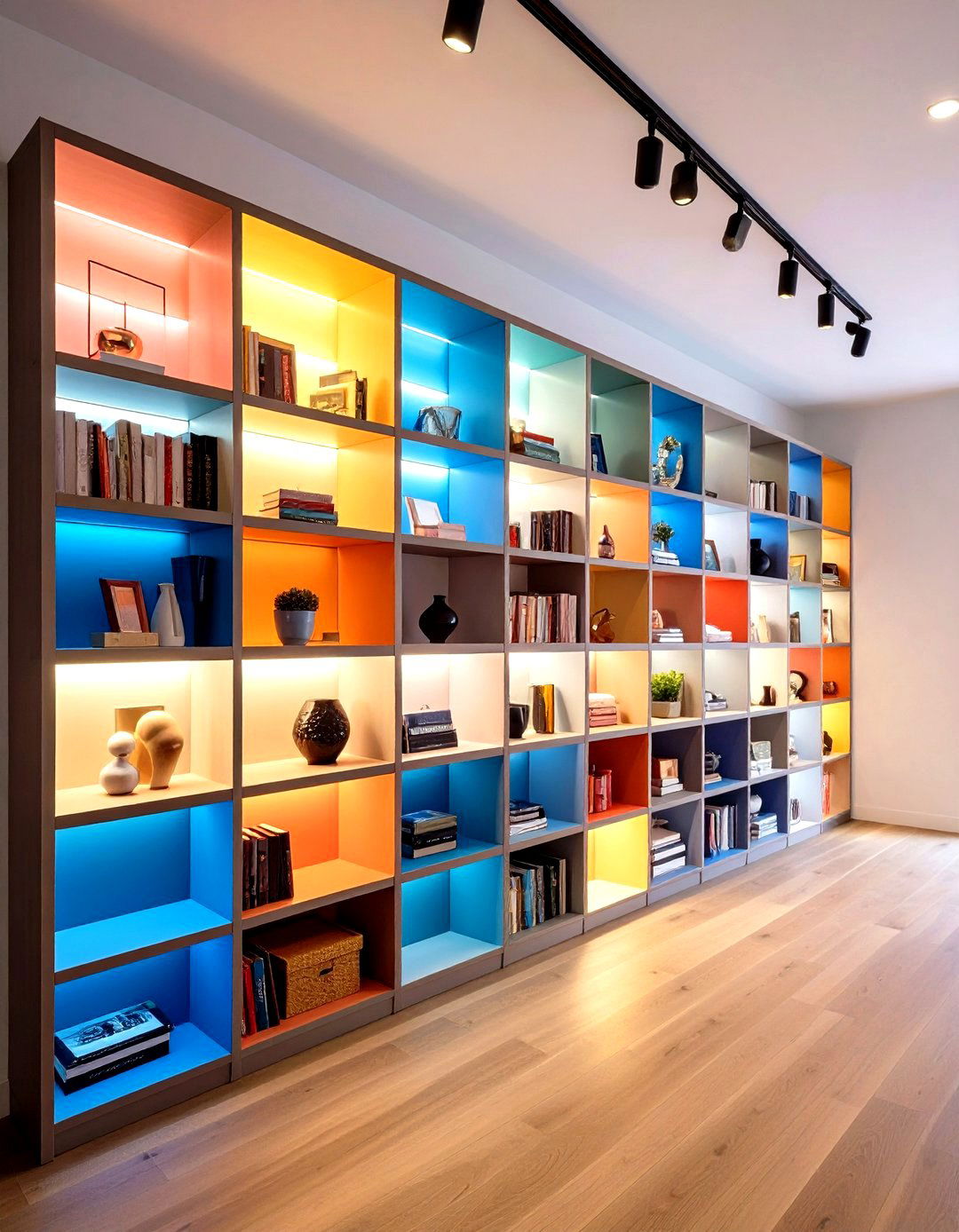

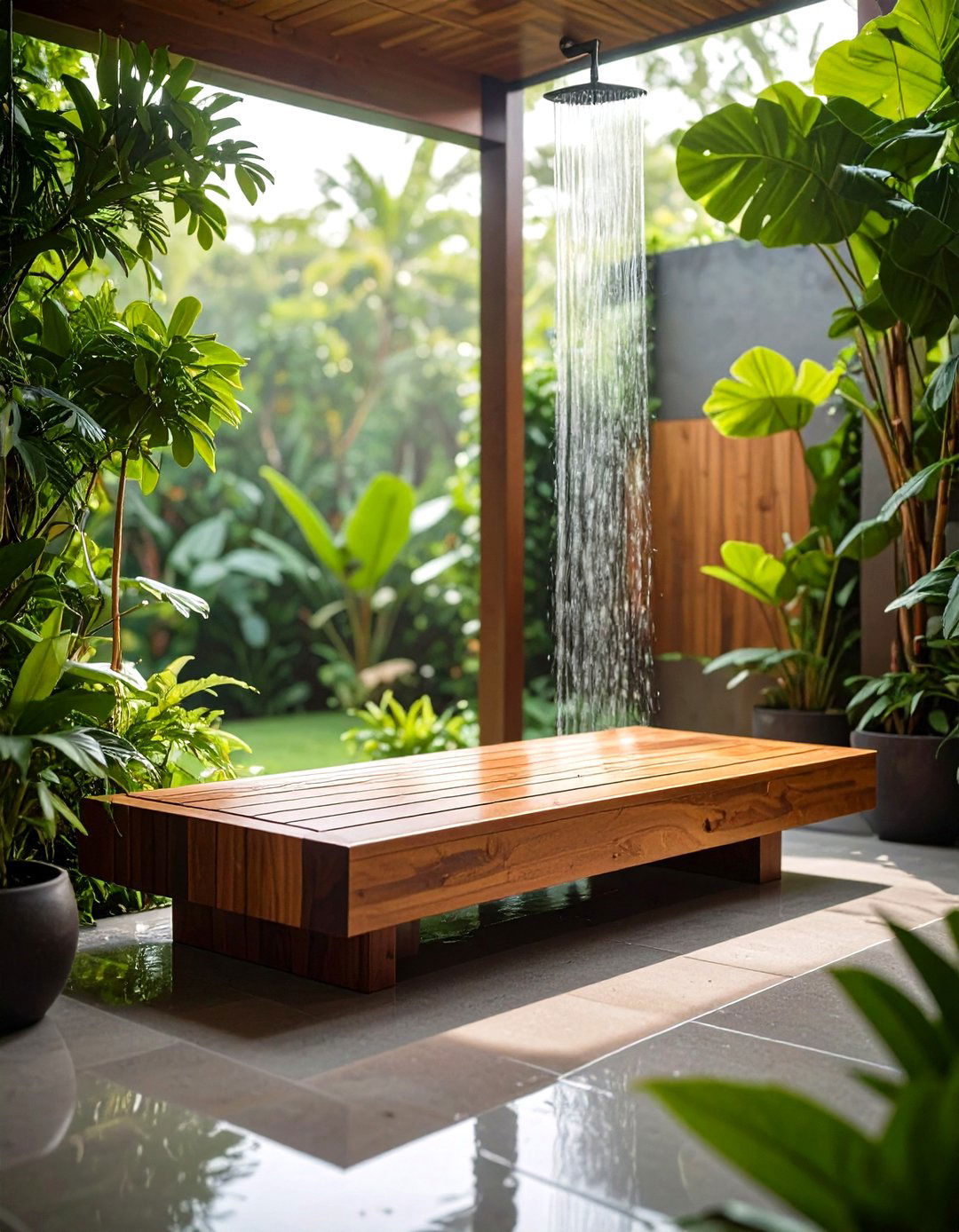
Leave a Reply